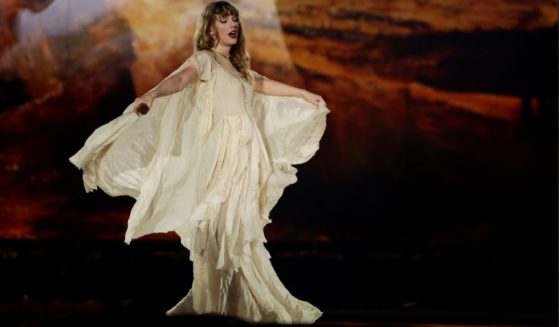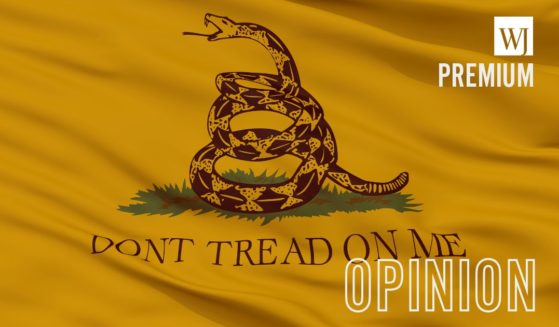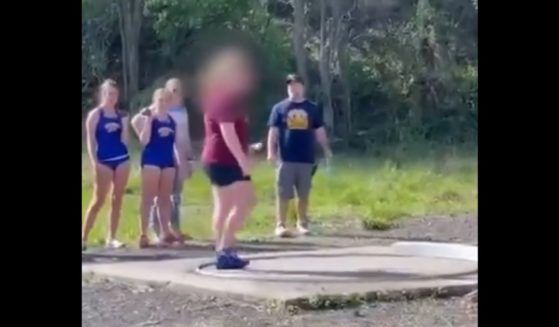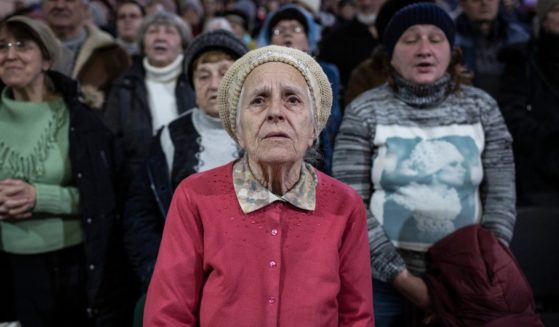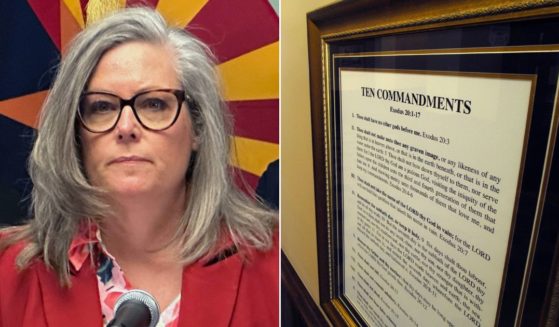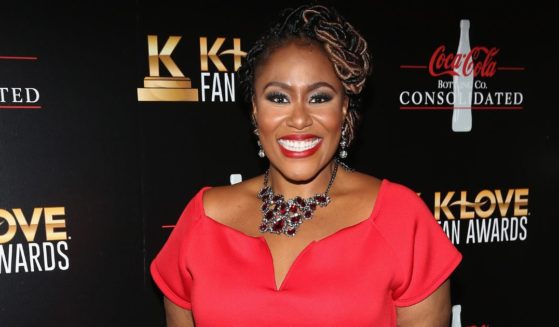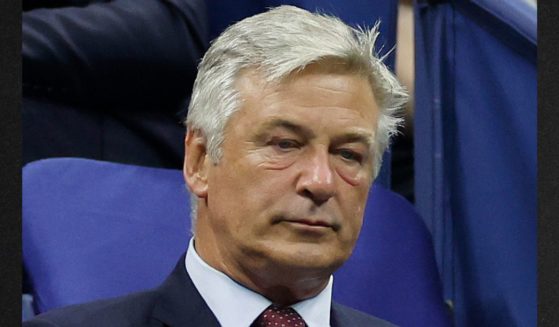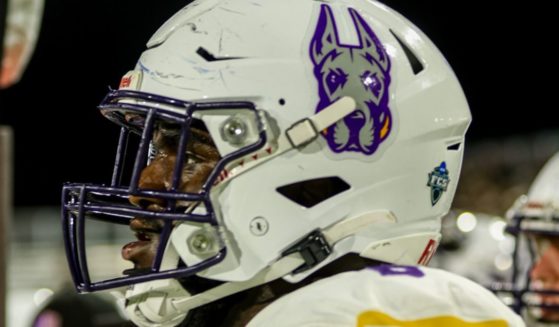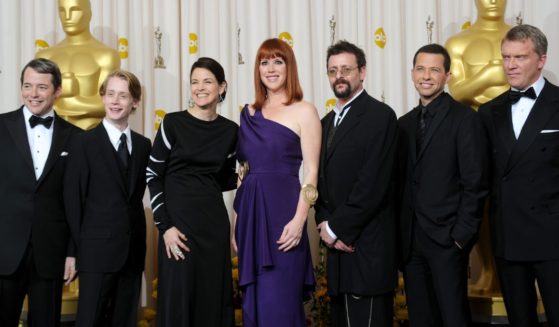CHOP Protesters Call for Racial Equality by Enacting Exact Practice That MLK Fought Against
Is the answer to our racial ills a bit of resegregation?
At least in Seattle’s Capitol Hill Occupied Protest, that’s one of the answers.
For the uninitiated, CHOP sprang up as part of the protests in response to the death of George Floyd while in police custody in Minneapolis. Back then it was known as CHAZ, or the Capital Hill Autonomous Zone.
I thought that was a better acronym, personally, but according to the Seattle Post-Intelligencer, “several protesters in the area made a push for the name to better reflect its purpose and renamed the roughly six-block area,” apparently so you don’t just think this is some big outdoor fair where police are banned.
(Or “like a block party,” as Seattle Mayor Jenny Durkan described it. She’s now looking to phase it out, according to The Seattle Times, presumably due to the less-than block-partyish incidents taking place within.)
The Post-Intelligencer noted that “some have worried the message of the movement is being lost with CHOP, which some have described as a festival-like environment. People in the area have said there are some disagreements between members of the community, and have emphasized protesters must maintain the momentum moving forward.”
And what better way to maintain that momentum than a black-only space in the midst of CHOP?
In this viral video, originally tweeted out last week, a “Black-Out” is being held in a field. White volunteers ensure that no one who isn’t black can get in:
Scenes from Antifastan:
A bunch of white extremists enforce racial segregation…in the name of tolerance…ish…pic.twitter.com/X115NgwGnI
— Steve Cortes (@CortesSteve) June 22, 2020
The individual in the video asks if he can get in, given that he’s part Latino — “half-Italian and half-Colombian,” as he puts it. That doesn’t fly.
“Well, this space right now is held for just blacks,” an apparently white woman tells him.
Given when this was posted and the name of the event, this would appear to be part of a Juneteenth event called Blackout CHOP.
The Facebook page for the event states that “the viral death of black bodies was the catalyst for this current movement and we need to make sure we remain focused. This means both policy and systemic change to our systems and healing space for black people.”
“So that’s exactly what we’re creating. A series of events in which we center black healing and community.”
Another clue that this event was part of it: “What we need from our non-black allies are donations of money and supplies and the willingness to support by quietly protecting sacred space for black healing. We need allies on the outskirts who are willing to be a physical barrier of protection and to peacefully deter potential interruptions.”
The docket for the event included meditation and yoga, a grief ritual, community art healing, sound healing, plus a dance party with a DJ.
I get that this is yet another exercise in safe-spacery, in this case for the purposes of “protecting sacred space for black healing.” I understand, too, the cameraman in this situation was making a point as opposed to earnestly wanting to participate.
However, to the extent that I don’t get the point of voluntary segregation, I feel a bit like the protagonist in Bob Dylan’s “Ballad of a Thin Man,” a metaphor for a square who’s socially stranded amid the changes of the 1960s: “Something is happening here but you don’t know what it is / Do you, Mr. Jones?”
I’m also reminded of another 1960s figure who would disapprove of this: Martin Luther King Jr.
In his book “Stride Toward Freedom,” King recounted an episode aboard a segregated bus that took place when a pastor staged a protest that drew no support from fellow blacks. “You ought to have knowed better,” one woman black woman who was on the bus later told the pastor.
“This is the ultimate tragedy of segregation. It not only harms one physically but injures one spiritually,” King wrote.
“It scars the soul and degrades the personality. It inflicts the segregated with a false sense of inferiority, while confirming in the segregator a false estimate of his own superiority. It is a system which forever stares the segregated in the face, saying ‘You are less than … ‘ ‘You are not equal to …’”
In 2020, segregation is still segregation, even if we now live in a time where one can be both the segregated and the segregator. It may feel like healing, but the environment seems a bit more menacing when a human cordon is protecting it.
The fact that the individuals seen enforcing this appear to be white is a very bad look, too; surely someone must have noticed the ugly echoes of Jim Crow when they came up with this scheme.
The likelihood is that a Juneteenth event in CHOP didn’t need a perimeter manned by non-black allies keeping non-black people out so black individuals could heal properly in a predominantly black environment.
The nature of the event and the sensitivities of the people who inhabit the six-block encampment probably would have facilitated this without the problematic baggage forced segregation carries with it.
The reason this looks bad? It’s because it is. (“Well, this space right now is reserved for just blacks” sounds better grammatically than “you ought to have knowed better,” but the message is the same)
Something is indeed happening here — but those bereft of the knowledge of what it is are the ones who created CHOP, and their ever-accommodating mainstream media allies.
Truth and Accuracy
We are committed to truth and accuracy in all of our journalism. Read our editorial standards.

